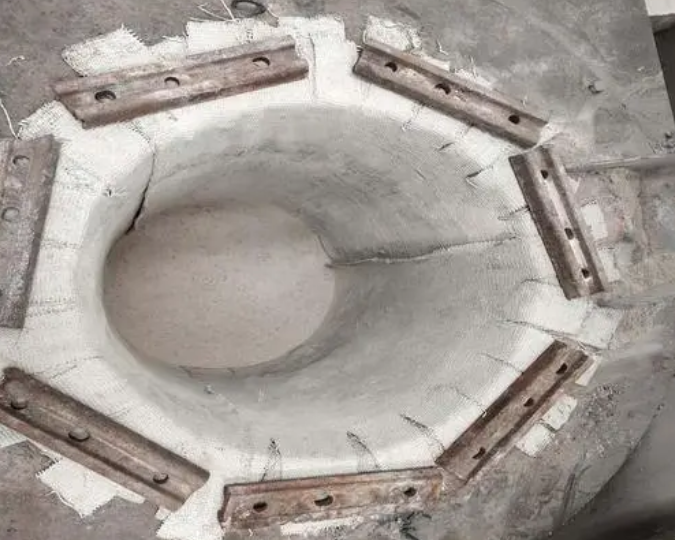What are the materials for acid lining and basic lining in electric induction furnace
Electric induction furnaces are widely used in the metallurgical industry for melting and refining various metals and alloys. The lining of the furnace plays a crucial role in ensuring efficient and safe operation. There are two types of lining materials used in electric induction furnaces, namely acid lining and basic lining. Let’s take a closer look at these lining materials.
Acid Lining Material
Acid lining is made of silica and alumina, which are highly resistant to acidic slag and high temperatures. Silica refractories are used in the upper part of the furnace, while alumina refractories are used in the lower part. The acid lining is suitable for melting non-ferrous metals such as copper, brass, and bronze, which produce acidic slag during the melting process.
The advantages of acid lining are its high resistance to acidic slag, excellent thermal shock resistance, and good erosion resistance. However, it has a low resistance to basic slag and cannot be used for melting iron and steel.
Basic Lining Material
Basic lining is made of magnesia and dolomite, which are highly resistant to basic slag and high temperatures. Magnesia refractories are used in the upper part of the furnace, while dolomite refractories are used in the lower part. The basic lining is suitable for melting ferrous metals such as iron and steel, which produce basic slag during the melting process.
The advantages of basic lining are its high resistance to basic slag, excellent thermal shock resistance, and good erosion resistance. However, it has a low resistance to acidic slag and cannot be used for melting non-ferrous metals.
Lining Material for Induction Furnace
The choice of lining material for induction furnace depends on the type of metal being melted, the composition of the slag, and the operating conditions of the furnace. In general, acid lining is used for melting non-ferrous metals, while basic lining is used for melting ferrous metals.
Other lining materials that can be used in induction furnace include chrome-magnesia, alumina-chrome, and silicon carbide. These materials have unique properties that make them suitable for specific applications.

In conclusion, the choice of lining material is critical for the efficient and safe operation of electric induction furnaces. Acid lining and basic lining are the two most commonly used lining materials, each with its own advantages and limitations. The selection of lining material should be based on the specific needs of the application.

